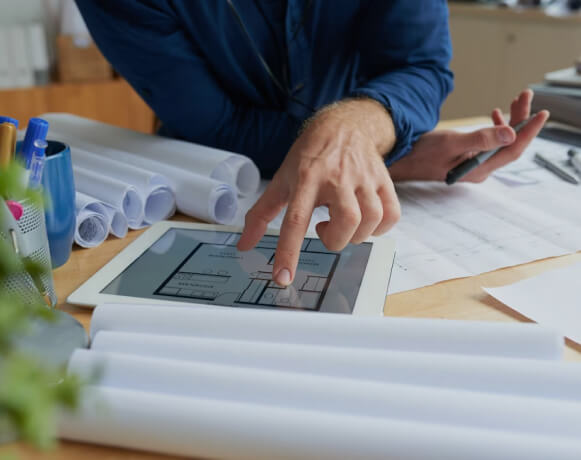Thermal bridging analysis enhances energy efficiency, occupant comfort, and building durability. By identifying areas of heat loss, thermal bridging analysis helps in designing structures that minimize energy consumption and prevent heat loss. It helps to mitigate moisture issues, reducing the risk of condensation and mold growth, thereby prolonging the building’s lifespan.
Compliance with regulatory standards and codes also necessitates thermal analysis, especially when designing energy-efficient structures like Passive House.









